Image of the Day Archives

For older Image of the Day pictures, please visit the Image of the Day archives. Pictured: NGC 2467.
The Autumn Moon Lights My Way
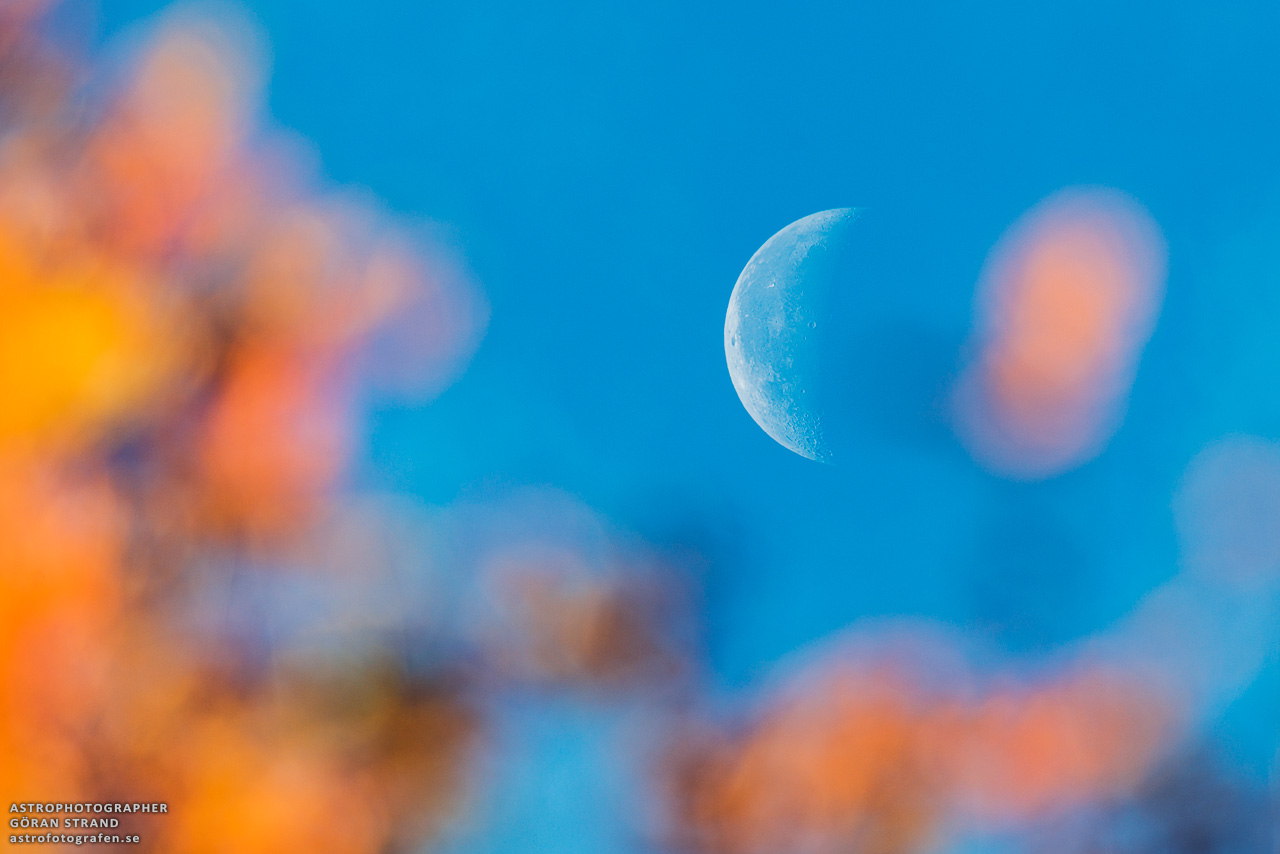
Tuesday, Oct. 1, 2013: Astrophotographer Göran Strand sent in a photograph of the moon in Sweden seen between tree branches. He writes in an e-mail to SPACE.com: “The autumn has really started here in northern Sweden. The trees are full of colors, and the air is starting to get cold and clear. Here's a shot ... when the moon was behind a tree full of autumn colors. I think the crescent moon is at its best when visible during daylight against the blue sky.” Image taken Sept. 28, 2013.
— Tom Chao
Locked Out

Wednesday, Oct. 2, 2013: This undated file photo shows NASA Headquarters at Two Independence Square in Washington, DC. On Oct. 1, 2013, the agency went dark as a result of the government shutdown. Visitors to the NASA.gov website received a notice stating, “Due to the lapse in federal government funding, this website is not available. We sincerely regret this inconvenience. For information about available government services, visit USA.gov. Coincidentally, Oct. 1 also represented NASA’s 55th anniversary. [Read the full story.]
— Tom Chao
I’m Forever Blowing Bubbles
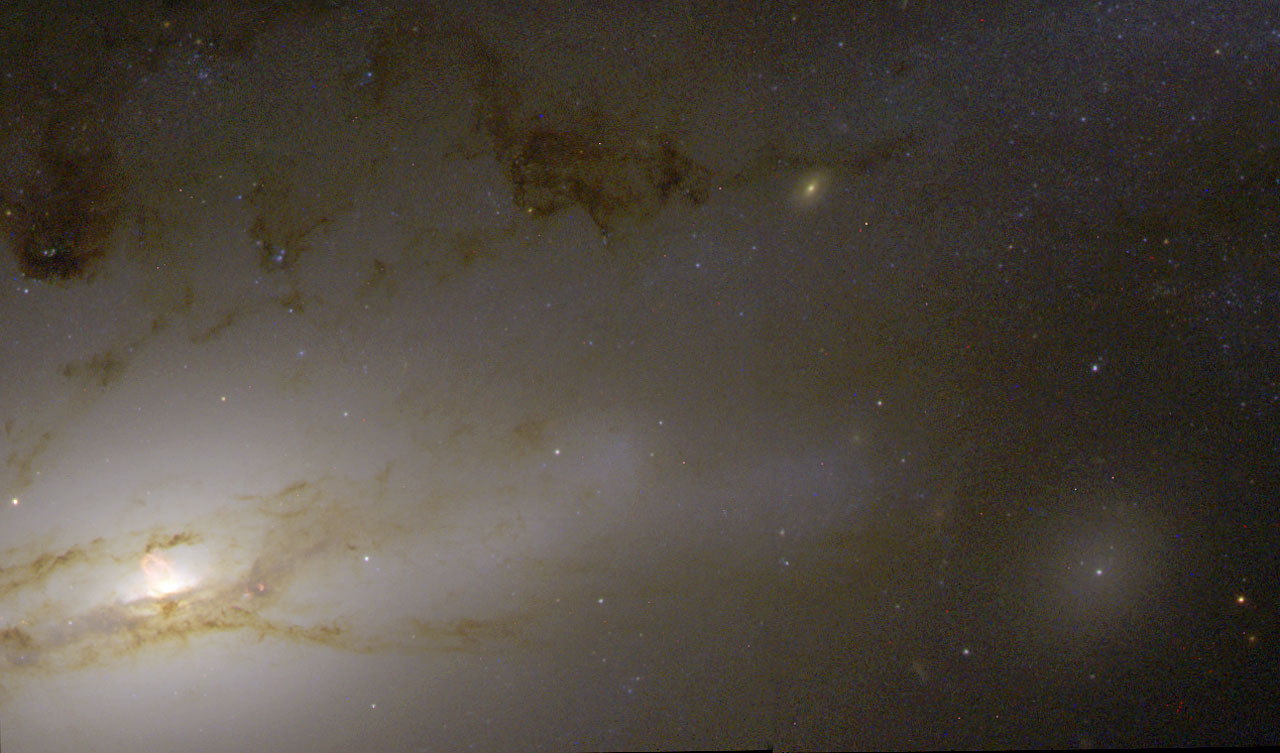
Thursday, Oct. 3, 2013: Galaxy NGC 4438 lies in the Virgo Cluster, 50 million light-years from Earth, from where it blows huge bubbles of hot gas into space. Known as a peculiar galaxy because of its unusual shape, NGC 4438 contains at its center a supermassive black hole that consumes material swirling around it in an accretion disk, seen here as the white region below the bright bubble. Some of this material spews from the disk in opposite directions. The twin jets of matter sweep material out of their paths, slamming into a wall of dense, slow-moving gas travelling less than 223,000 mph (360,000 kph), producing the glowing material in the collision. The bubbles will continue to expand, eventually dissipating.
— Tom Chao
Blow Out
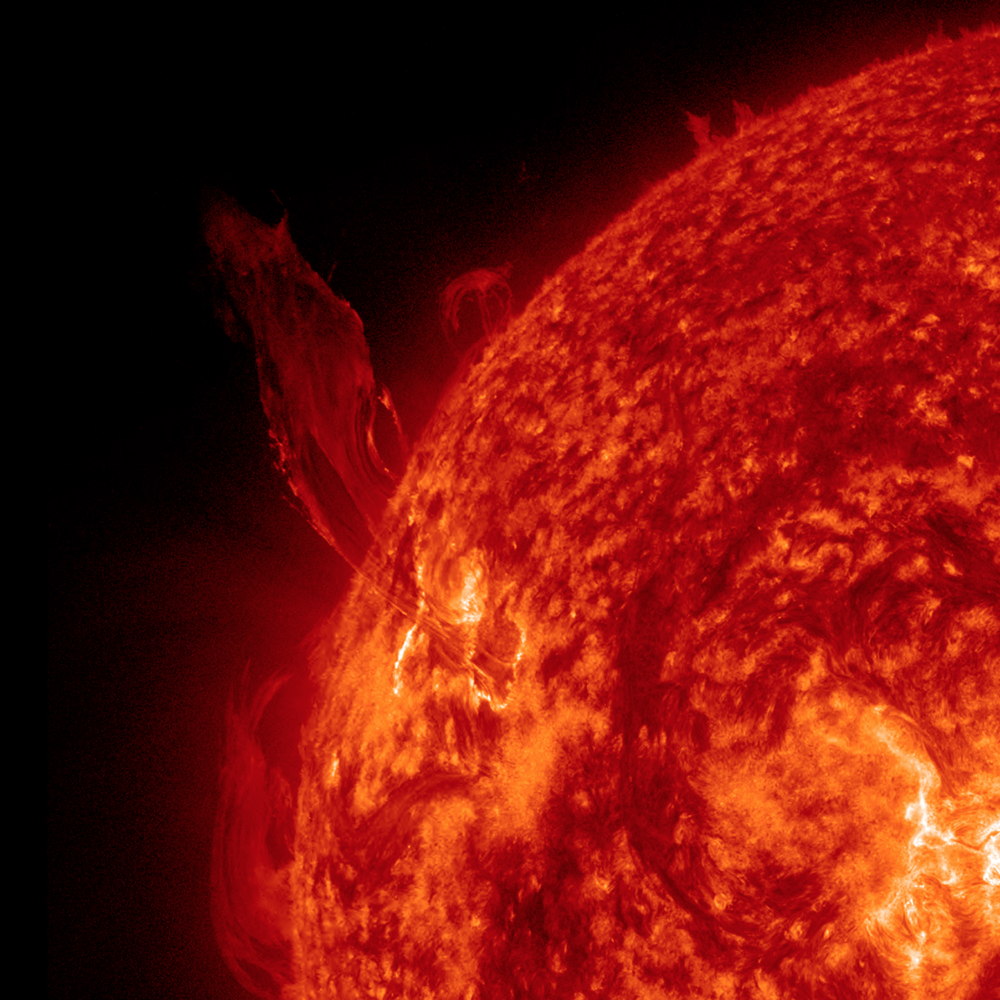
Friday, Oct. 4, 2013: An eruptive prominence grew unstable on the sun, and blew out into space over a 5-hour period on Sept. 24, 2013. The orbiting Solar Dynamics Observatory observed the event in extreme ultraviolet light.
— Tom Chao
Blue Haze
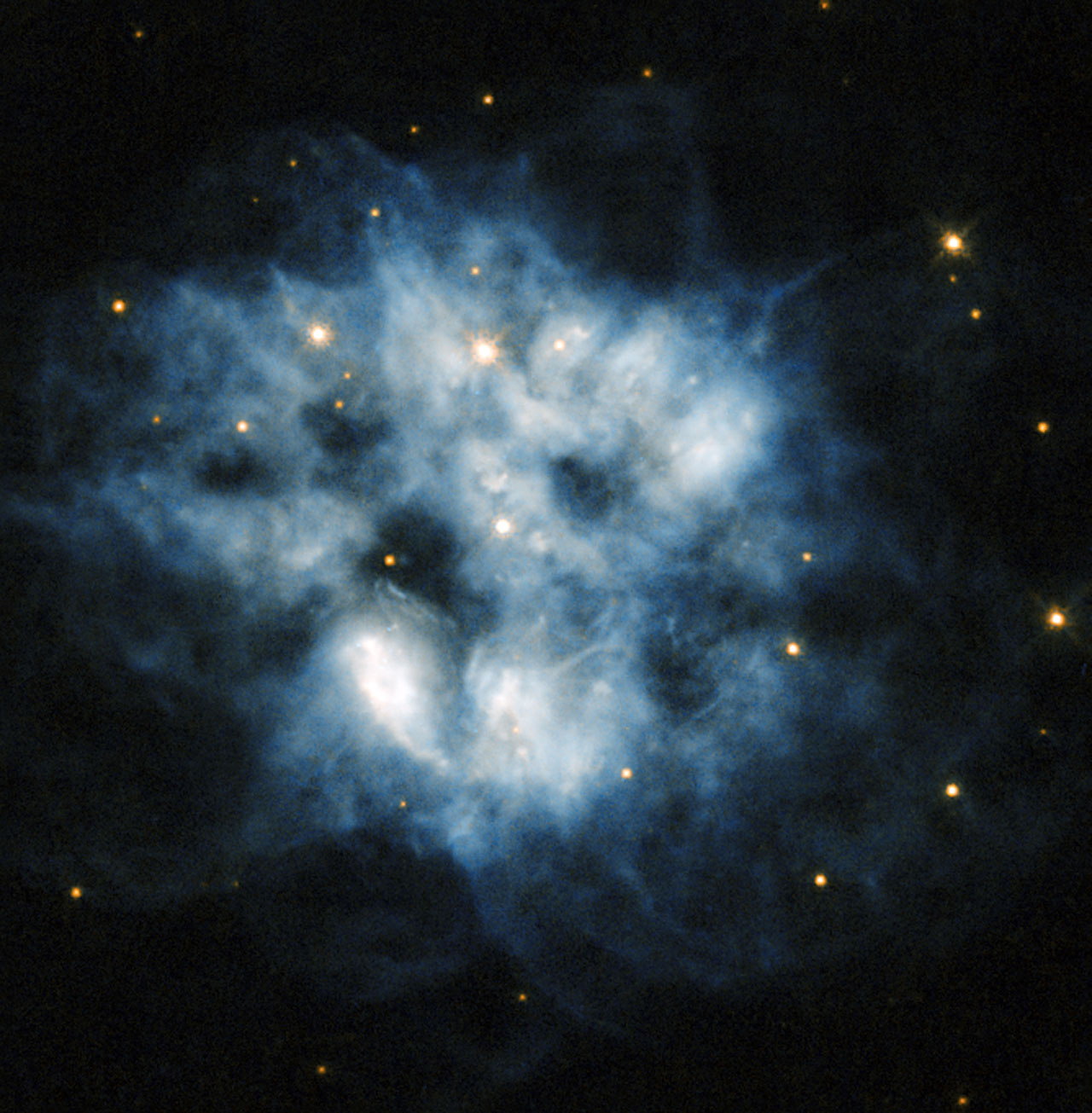
Monday, Oct. 7, 2013: Planetary nebula NGC 2452 lies in the southern constellation of Puppis. After a star like our sun has depleted all its fuel, it emanates a blue haze like that shown here. The core of the star loses stability and releases energetic particles that blow the star's atmosphere into space. At the center of the blue cloud sits what remains of the nebula's progenitor star. A pulsating white dwarf, this cool, dim, and extremely dense star varies in brightness over time as gravity makes waves that pulse throughout the small star's body. (Sir John Herschel created the term “planetary nebula” to describe NGC 2452 in 1847, when early telescopes did not possess enough power to establish these objects do not consist of planets.)
— Tom Chao
Life in a Northern Town
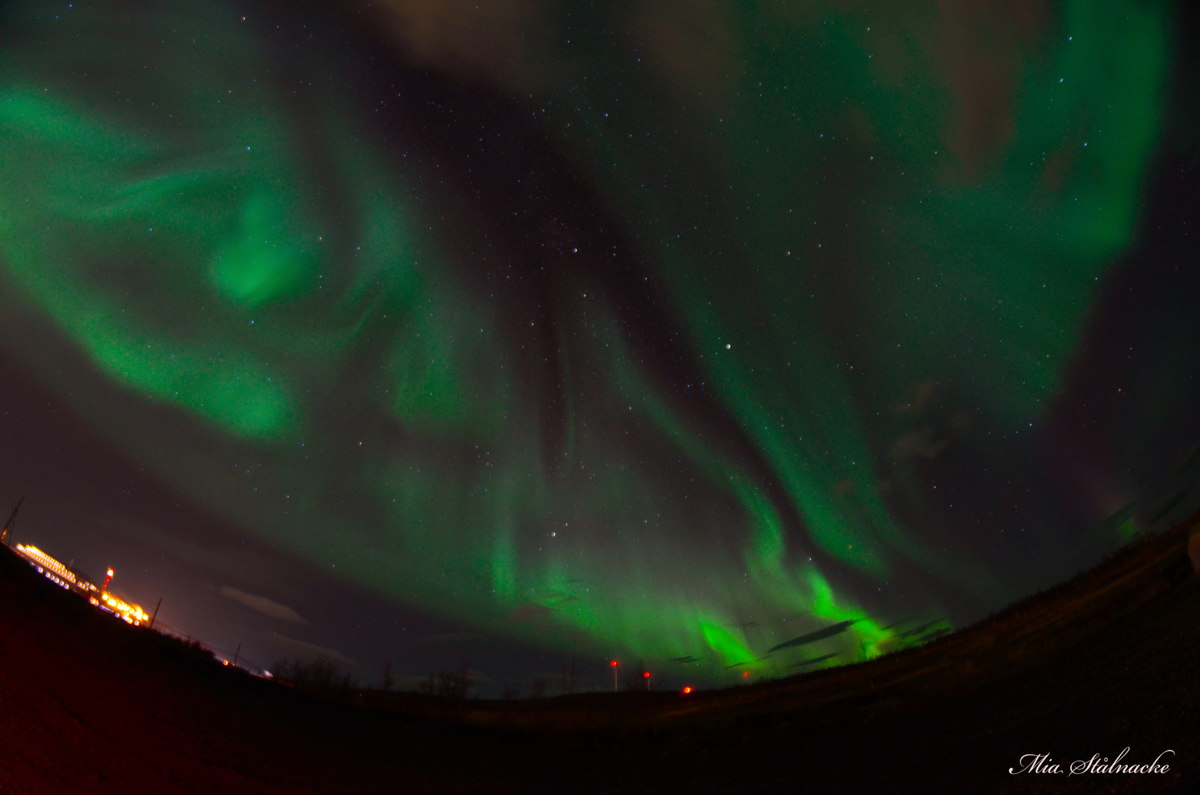
Tuesday, Oct. 8, 2013: Amateur photographer Mia Stålnacke sent in a photo of an auroral display taken in Kiruna, Sweden, on Oct. 2, 2013. Kiruna lies at the highest latitude of any city in Sweden, 67.86° N., 90 miles (145 kilometers) above the Arctic Circle.
— Tom Chao
Get the Space.com Newsletter
Breaking space news, the latest updates on rocket launches, skywatching events and more!
Paranal Lines
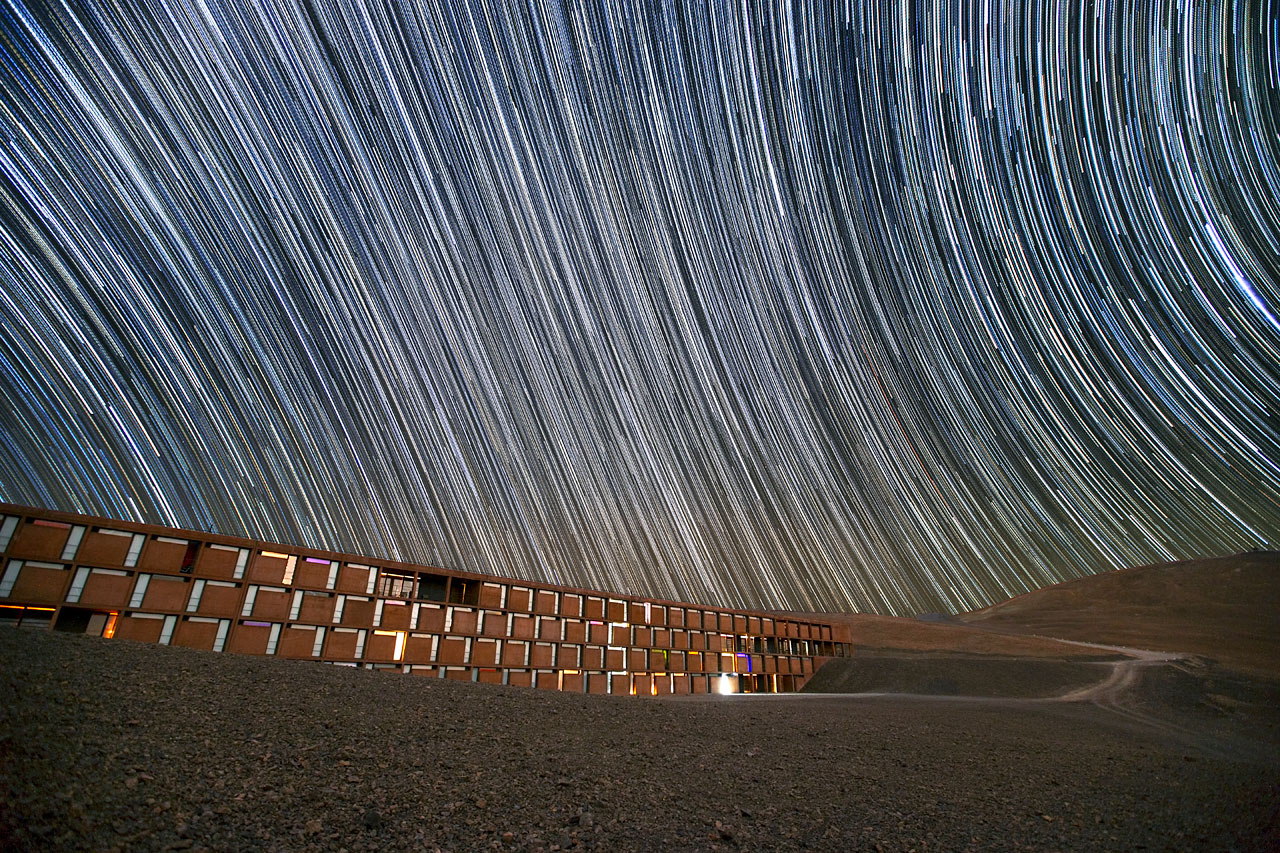
Wednesday, Oct. 9, 2013: The night sky over Chile appears filled with star trails, the result of the Earth's rotation during a camera’s long exposure. Beneath the light streaks lies the Paranal Residencia which houses staff and visitors to the European Southern Observatory's Very Large Telescope, located high on Cerro Paranal in the Chilean desert. The four-story building, completed in 2002, sits with most of its structure buried underground. If the residence looks familiar, you may have seen it in the 2008 James Bond movie, “Quantum of Solace.”
— Tom Chao
Try to Detect It
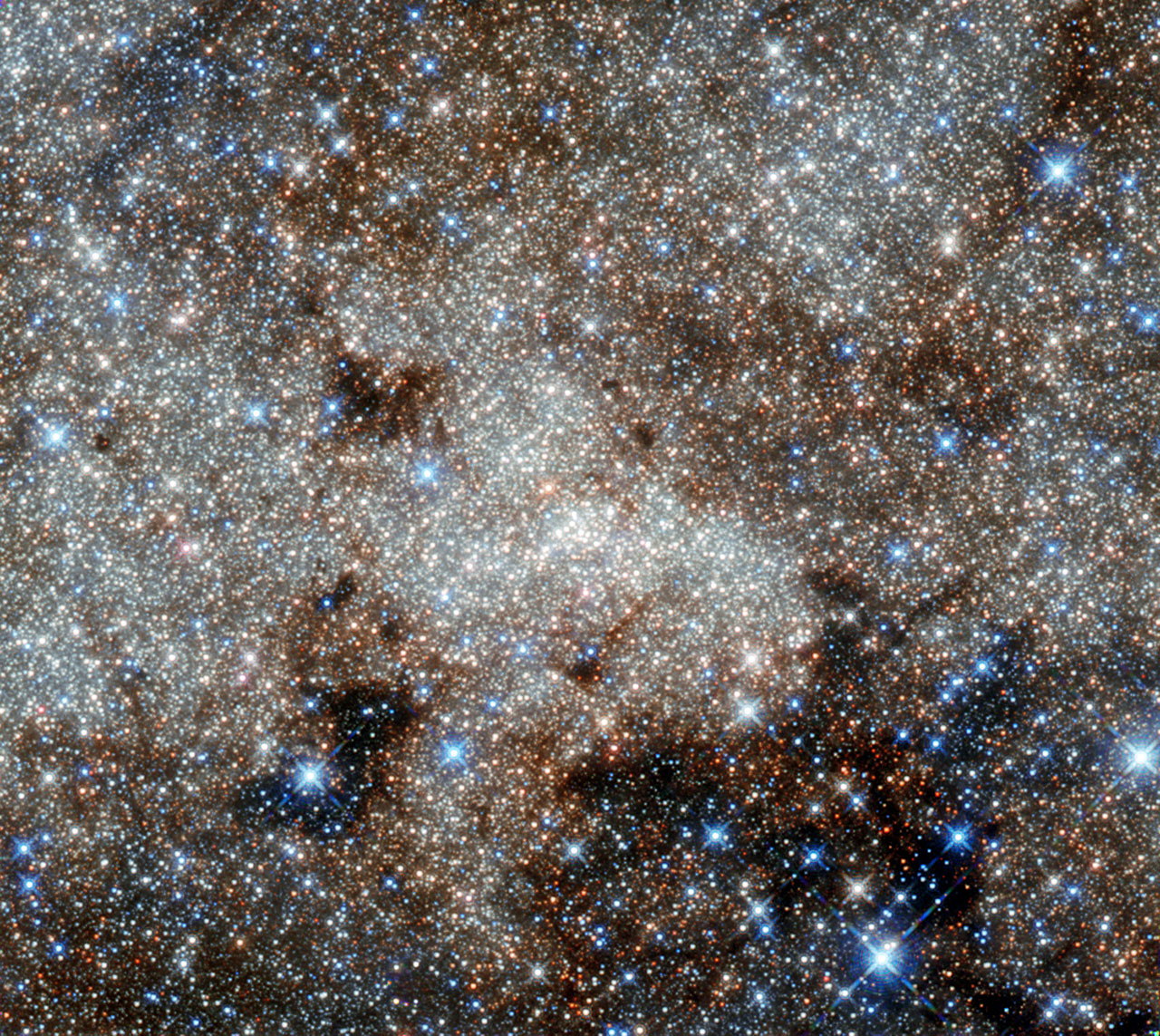
Thursday, Oct. 10, 2013: The center of the Milky Way (towards the constellation of Sagittarius) glows with many objects in this infrared image made by Hubble Space Telescope. This represents the best infrared image of this region ever taken with Hubble, using infrared archive data from Hubble’s Wide Field Camera 3, taken in September 2011. One thing that Hubble cannot see in this image remains hidden: the huge black hole called Sagittarius A* in the center of the galaxy. Astronomers have observed stars spinning around this supermassive black hole (located directly at the center of the image), and the black hole consuming clouds of dust with its enormous gravitational pull.
— Tom Chao
Star Formation
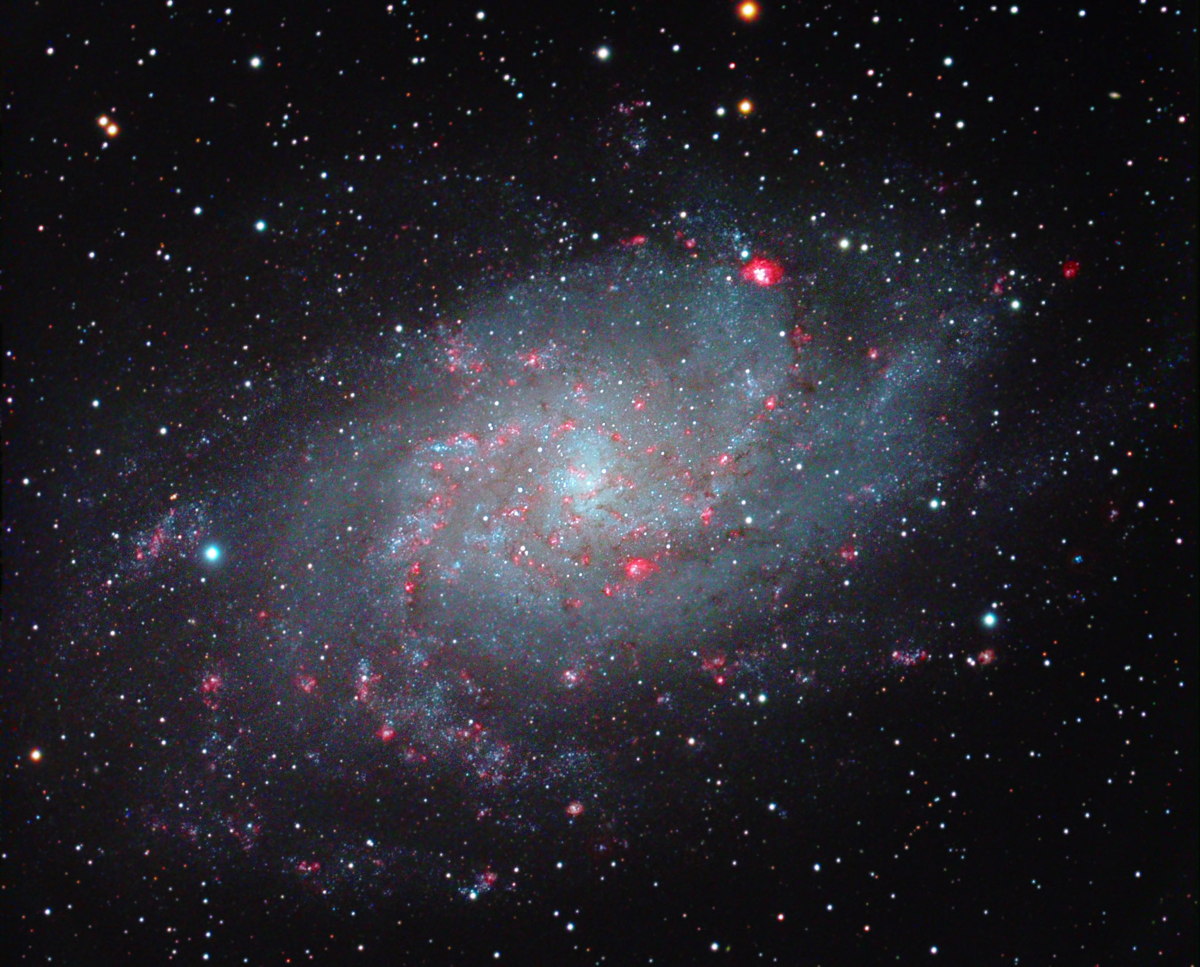
Friday, Oct. 11, 2013: Astrophotographer Jeff Johnson sent in an image of M33, the Triangulum Galaxy, which he produced with data obtained in 2012 and 2013 from his home in Las Cruces, NM. Johnson tells SPACE.com in an e-mail that he combined H-alpha (Ha) data taken recently on Sept. 23, 2013, with LRGB data collected last year to show (in red/pink) areas of hydrogen emissions, indicating exploding stars and/or areas of star formation in M33.
— Tom Chao
Sleep Beneath the Stars
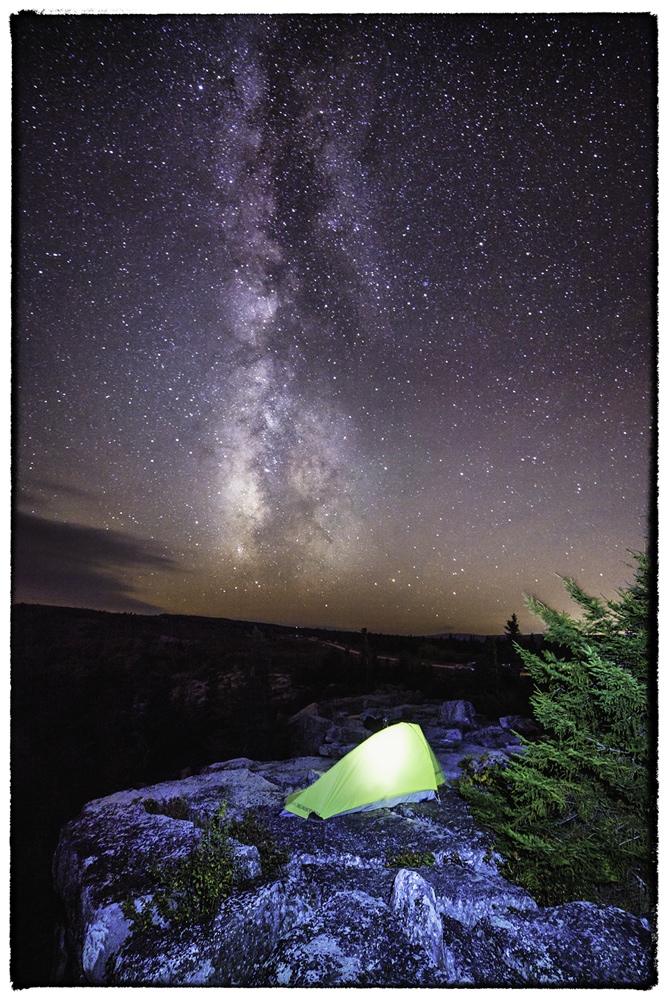
Monday, Oct. 14, 2013: A tent glows with an inviting light under a dazzling spray of stars. Sky watcher Buddy Secor sent in a photo of the Milky Way over Bear Rocks on Dolly Sods in the Canaan State Park, WV, taken on Sept. 28, 2013. He writes to SPACE.com in an e-mail message that it was “a crystal clear night in beautiful dark sky country.”
— Tom Chao
Join our Space Forums to keep talking space on the latest missions, night sky and more! And if you have a news tip, correction or comment, let us know at: community@space.com.










